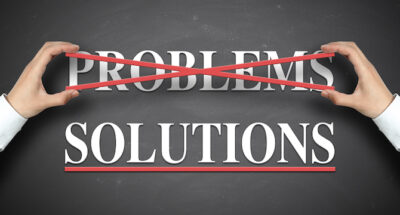
Finishing Math Word Problems
Students “finish” math problems by making connections between solutions to problems and everyday life, with the goal of seeing themselves represented in the math.

Students “finish” math problems by making connections between solutions to problems and everyday life, with the goal of seeing themselves represented in the math.
Students will:
When solving math word problems with students, teachers often use the following three steps:
When this happens, the meaning of math is reduced to simple correctness and overtime this can lead students to struggle to find meaning in math beyond whether or not they can solve a problem. Research finds that this can lead students to disengage from math as it feels irrelevant to their lives.
To better support students, teachers help students to “finish” a problem by adding the following step to the above method.
In June, 2007 Steve Jobs introduced the first version of the iPhone for $499. This was the first smartphone ever released by Apple. In 2017, the iPhone 7 Plus is the latest model and is priced as $769. Since the iPhone was introduced in 2007, what has been the percent increase on the price?
The solution to the problem is 54%. To help students connect the problem to their lives, ask the following kinds of questions:
Three potential interpretations include:
The purpose is not to find the correct interpretation for the occurrence, but to give students the opportunity to discuss the answer with depth and to see how the answer and math is relevant to everyday life and decisions.
Jamaal Sharif Matthews, Ph.D., University of Michigan School of Education
A mixed-methods study of 419 mainly Black and Latino 5th-9th graders found that teachers’ use of teaching strategies that connect classroom mathematical concepts to the outside world and that allow students to see themselves in the mathematics help predict adolescent’s growth in valuing mathematics.
Teachers have the opportunity to promote inclusion and equity through how they teach math. Equitable teaching practices in high school math, such as heterogeneous grouping and student responsibility for peer learning, can increase achievement and decrease inequities in math performance. At the individual level, this is important given that math achievement can open doors to higher education and career opportunities. But math achievement goes beyond simply setting up students for career success; it can also help students become better citizens, more able to understand the world and contribute to transforming it.

Are you ready to build a kinder, happier school where everyone belongs? Join Greater Good Educators! Explore the science of well-being in a supportive community of educators from around the world. Registration is now open for the 2025-2026 school year!
Comments